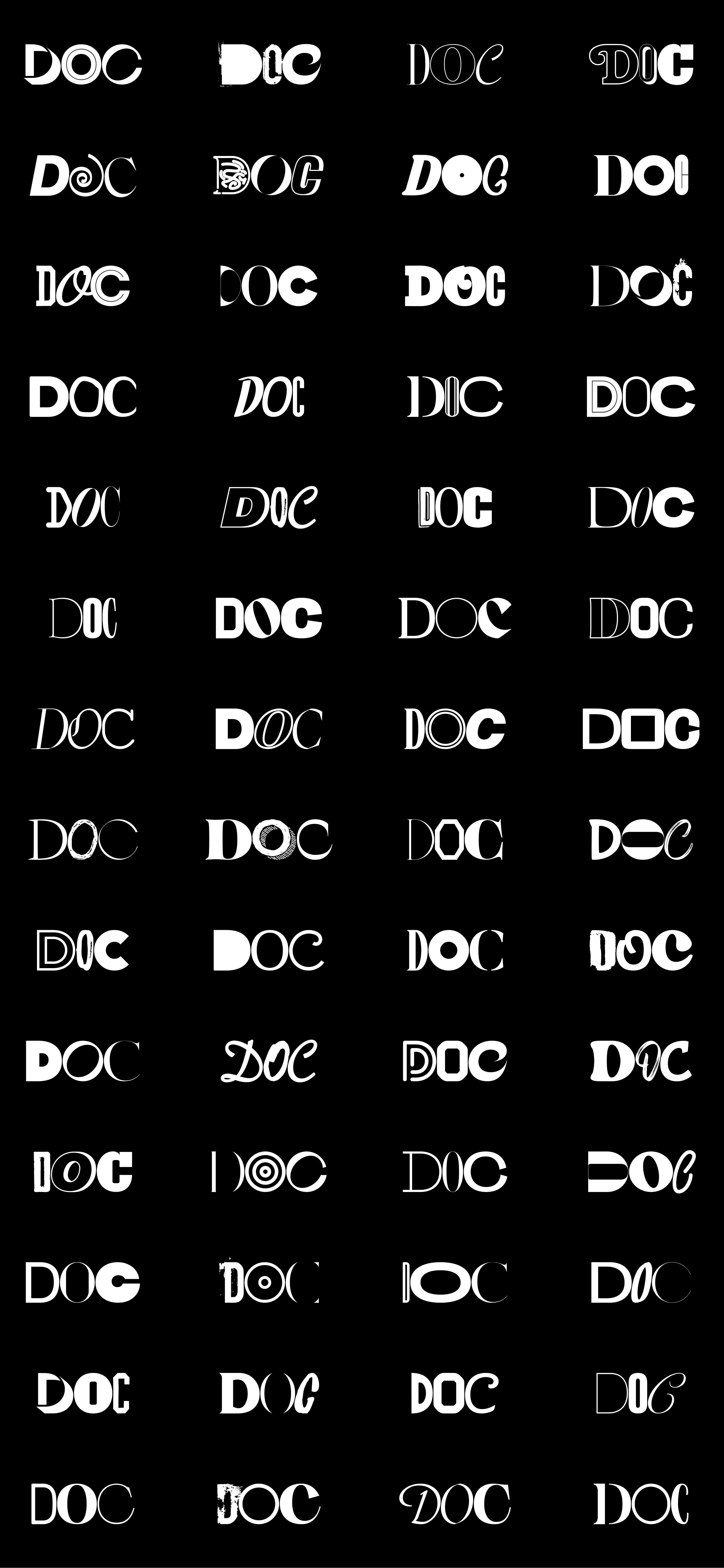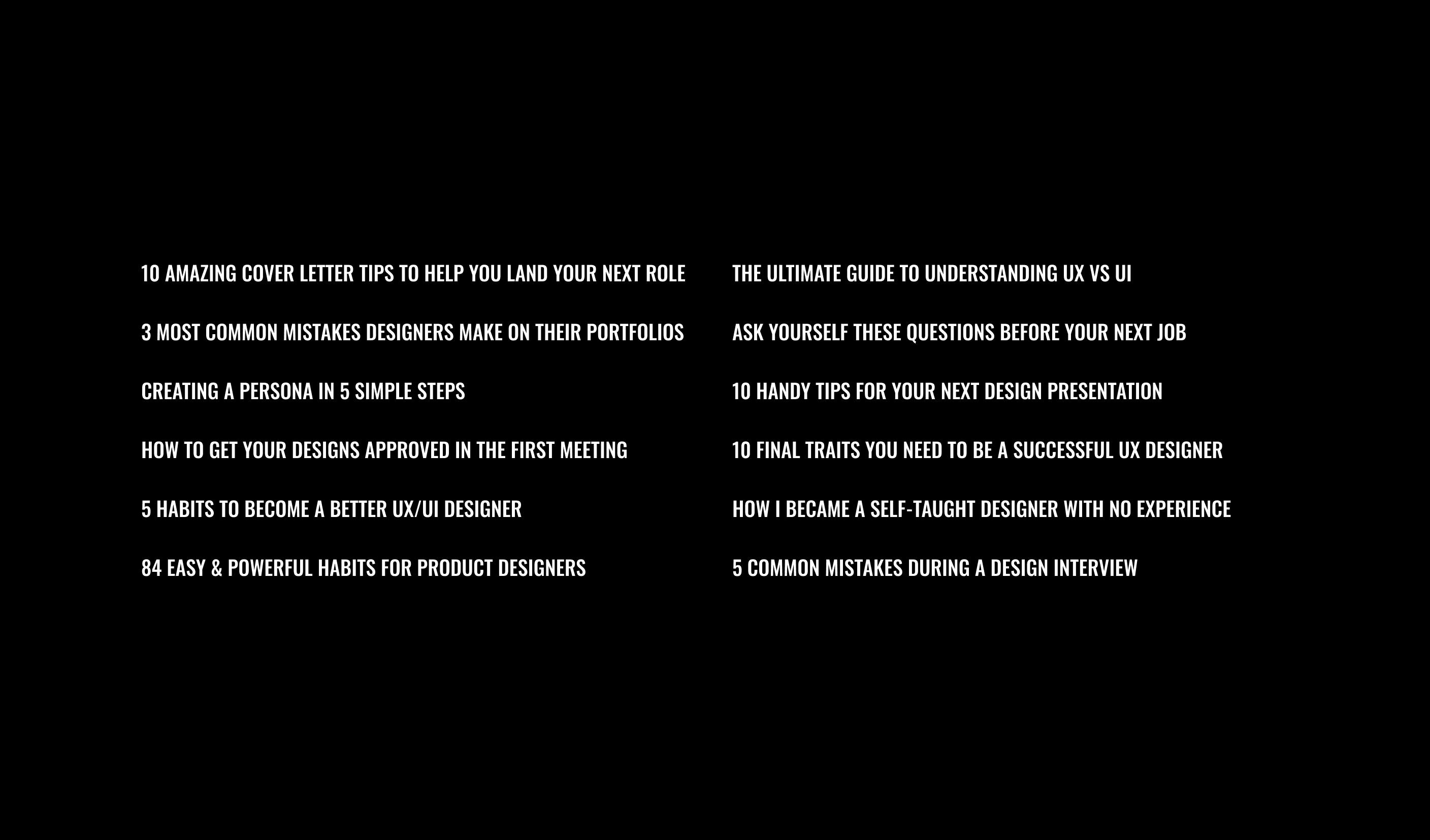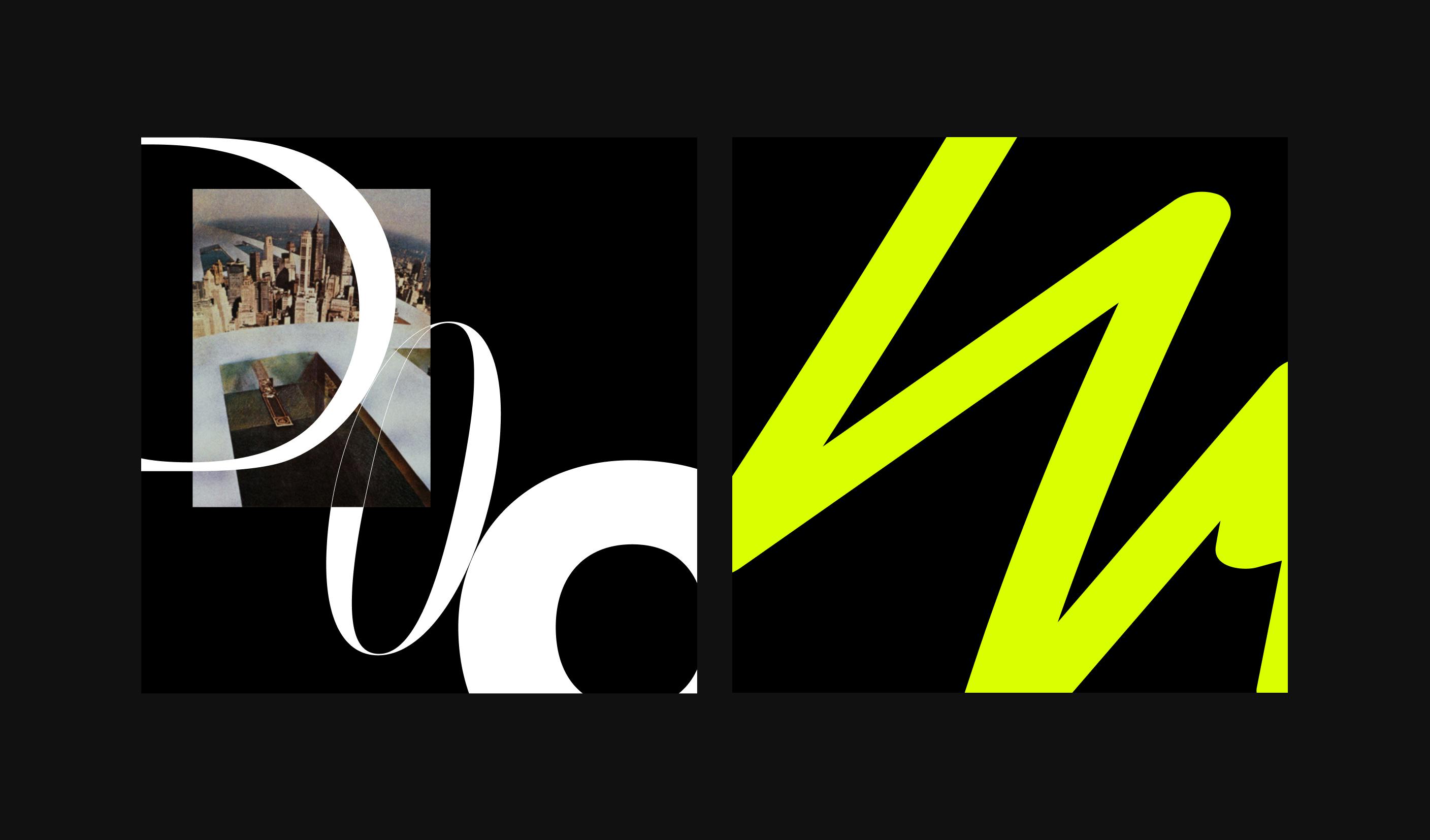Introducing: DOC
For makers of products & seekers of meaning.
Every new publication is a glimpse into a new possible future, a fascination for a world that might be. It represents the inability to accept the present as is—a reflection of, and a desire for, change.
Since we started publishing content online in 2005, things have changed quite a lot. What started out as a side project —the UX Collective— has turned into the largest design publication on Medium, the largest design community on Linkedin, and a lot of other milestones we had no intention of accomplishing. We are not the only ones who have changed: the publishing landscape is now vastly different than it was almost two decades years ago. We have seen a flourishing community of designers and creators growing on Medium Twitter, Substack, Instagram, and many other channels, with content creation turning into a viable career path for a lot of designers out there. All those transformations challenged us to rethink our role in the community.
When we were just starting out, our mission as a publication was to make design content available and accessible to everyone. Our work was really focused on setting the path and the foundation for newcomers who wanted to dive —as deep as we did— into the world of user experience and digital product design.
And that’s exactly what we did, every single day. We turned rough drafts into finished stories. We turned articles into thought pieces and introverts into thought leaders. We turned the spotlight to the unheard voices in the design community and helped their ideas reach more people.
We’ve increased the volume of articles published on a regular basis. We’ve matured and improved our editorial process to become more efficient. We’ve created secondary and tertiary publications to be able to accommodate all that flow of readers and writers. We’ve published guides, booklets, reports, essays, all to be able to deliver on the increasing demand for UX content, from an industry that has been growing exponentially in terms of number of practitioners.

An anti-feed platform
It’s never been easier to find content online about digital product design. Every publishing platform out there now has a feed — and a hungry algorithm that needs to be fed. Content creators are rushing to create content that stays fresh on those feeds, which forces them to prioritize quantity over quality and to measure their success based on number of followers, likes, and claps.
Because of the current economics of content creation and the algorithms powering most publishing platforms, authors are incentivized to create stories that are either clickbait-y, unnecessarily controversial, or formulaic. We’ve seen that happen before, from tabloid headlines on National Esquire to the spread of fake news on Facebook. In the design industry, in particular, it's not uncommon to see folks celebrating follower count milestones with more enthusiasm than product launches or lessons learned.
What we don’t realize is that by focusing on numbers, we are teaching newcomers that having a large following is equivalent to a successful career. But you can’t build critical thinking if you’re stuck with quantitative metrics.

The state of design publishing when powered by data-driven platforms
The question we started to ask ourselves: In a world where UX content is vastly available to a lot of people, what role should we play as a publication? And what type of legacy do we want to leave behind?

For makers of products and seekers of meaning
After a few years in the industry, designers will naturally lean away from the sources they used to consume when they were starting out. Needs change, but publications rarely do — and designers will always outgrow their sources. As our field matures, we need to go beyond formulaic methods and frameworks if we’re looking to build meaningful digital products.
Great designers look for inspiration outside of their bubbles; they draw unexpected connections in their brains that no one else is drawing. They surround themselves with content (and people) that will push them out of their comfort zone. They look up to the great.

Design is curation
Today we’re starting DOC: an editorial platform that explores meaning in the world of design, and invites digital product designers to expand their references beyond formulaic UX content. What’s popular to an algorithm isn’t necessarily good. Design is curation.
We're not starting from scratch, though. DOC is built on top of the beautiful and thoughtful work of Glauber Sampaio and many other folks who have been fostering a community (formerly known as Creative Doc) of designers who have the utmost passion and respect for design.

We don’t have a minimum of stories we’re trying to publish, and we intentionally do not have a business plan in place for this project. All we know is that we’re stepping aside from the rat race, from the numbers game — and that DOC won’t have any quantitative goals. We will publish essays, arguments, and narratives about the bigger impact of design in our lives. This won’t be a news site with tutorials or industry gossip. We will publish stories worth publishing and we will keep ideas worth keeping. Everything else is noise. We will pause. We will breathe. We will assimilate. Above all, we will seek meaning. We will go back to documenting the world of design through the lens of curiosity and awe.
If you’re interested in content like this, join us as a reader, writer, supporter, follower, friend. We want to hear your voice. We want to share this journey with you.
DOC is also a platform to experiment with what is next. Instead of paywalls or centralized accounts, DOC is experimenting with Web Monetization, an open, native, efficient, and automatic way to compensate creators, which is being proposed as a W3C standard at the Web Platform Incubator Community Group. We’re always searching for value and meaning in new possibilities. As such, DOC was conceived as a starting point for the future web3 for content and community building.
DOC is made with purpose by Fabricio Teixeira, Caio Braga, Manoel do Amaral, Fabi Nakasone, Isa Marques, Rafael Frota, Glauber Sampaio, and anyone else who wants to find meaning in making.